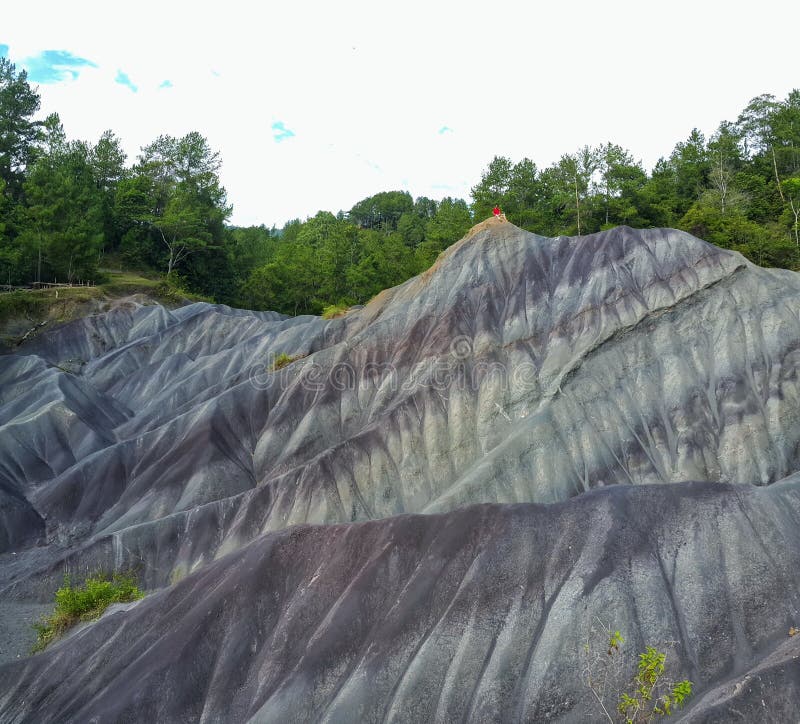How Is Sand Formed? Natural Process Explained

The formation of sand is a complex and fascinating process that involves the breakdown of rocks into smaller fragments through various natural mechanisms. This process, known as weathering, is the primary means by which sand is created. Weathering can occur through physical, chemical, or biological means, and it is an essential component of the sedimentary cycle that shapes our planet’s surface.
Physical Weathering: The Mechanical Breakdown of Rocks
Physical weathering, also known as mechanical weathering, involves the physical disintegration of rocks into smaller particles without changing their chemical composition. This process can occur through several mechanisms, including:
- Thermal Expansion: Rocks expand when heated and contract when cooled. This repeated expansion and contraction can cause rocks to crack and break apart.
- Freeze-Thaw: Water inside rock cracks can freeze, expanding and causing the rock to split. This process is particularly effective in colder climates.
- Abrasion: The grinding action of rocks against each other, such as in a river or ocean, can wear down their surfaces and break them into smaller pieces.
- Gravity: The force of gravity can cause rocks to fall and break apart, especially in areas with steep slopes.
Chemical Weathering: The Chemical Alteration of Rocks
Chemical weathering involves the chemical alteration of the mineral composition of rocks, leading to their breakdown into smaller fragments. This process can occur through reactions with water, acids, and oxygen, among other substances. Chemical weathering can result in the dissolution of certain minerals, the formation of new minerals, and the breakdown of rock structures.
- Hydrolysis: A chemical reaction between water and rock minerals, leading to the formation of new minerals and the release of ions.
- Oxidation: The reaction of rock minerals with oxygen, often resulting in the formation of iron oxide (rust) and the breakdown of the rock.
- Acidic Reactions: The reaction of rock minerals with acidic substances (like rainwater, which can be slightly acidic) can lead to the dissolution of certain minerals.
Biological Weathering: The Role of Organisms
Biological weathering involves the action of living organisms in breaking down rocks. This can occur through both physical and chemical means.
- Root Action: Plant roots can grow into rock cracks, exerting pressure that can cause the rock to split.
- Burrowing Animals: Animals like worms and insects can burrow into rocks, creating tunnels and weakening the rock structure.
- Microbial Action: Certain microorganisms can contribute to chemical weathering by producing acids or other substances that react with rock minerals.
The Formation of Sand: From Weathering to Deposition
After rocks have been broken down into smaller particles through weathering, these particles can be transported away by natural forces such as wind, water, or ice. This transportation process is known as erosion. The particles are then deposited in a new location, such as a riverbed, ocean floor, or desert, where they accumulate and form sand.
Conclusion
The formation of sand is a multifaceted process that involves the breakdown of rocks through physical, chemical, and biological weathering mechanisms. The fragments produced by these processes are then transported and deposited in new locations, where they become part of the sedimentary landscape. Understanding how sand is formed provides insight into the dynamic nature of the Earth’s surface and the constantly evolving processes that shape our environment.
What is the primary mechanism through which sand is formed?
+The primary mechanism through which sand is formed is weathering, which involves the breakdown of rocks into smaller fragments through physical, chemical, or biological means.
How does thermal expansion contribute to the formation of sand?
+Thermal expansion contributes to the formation of sand by causing rocks to expand when heated and contract when cooled. This repeated expansion and contraction can lead to rocks cracking and breaking apart into smaller particles.
What role do microorganisms play in the weathering process?
+Microorganisms can contribute to chemical weathering by producing acids or other substances that react with rock minerals, leading to their breakdown and the formation of smaller particles.
The process of sand formation is an integral part of the Earth’s geological cycle, reflecting the dynamic and ever-changing nature of our planet. Through understanding how sand is formed, we gain insights into the natural processes that have shaped and continue to shape our environment.



